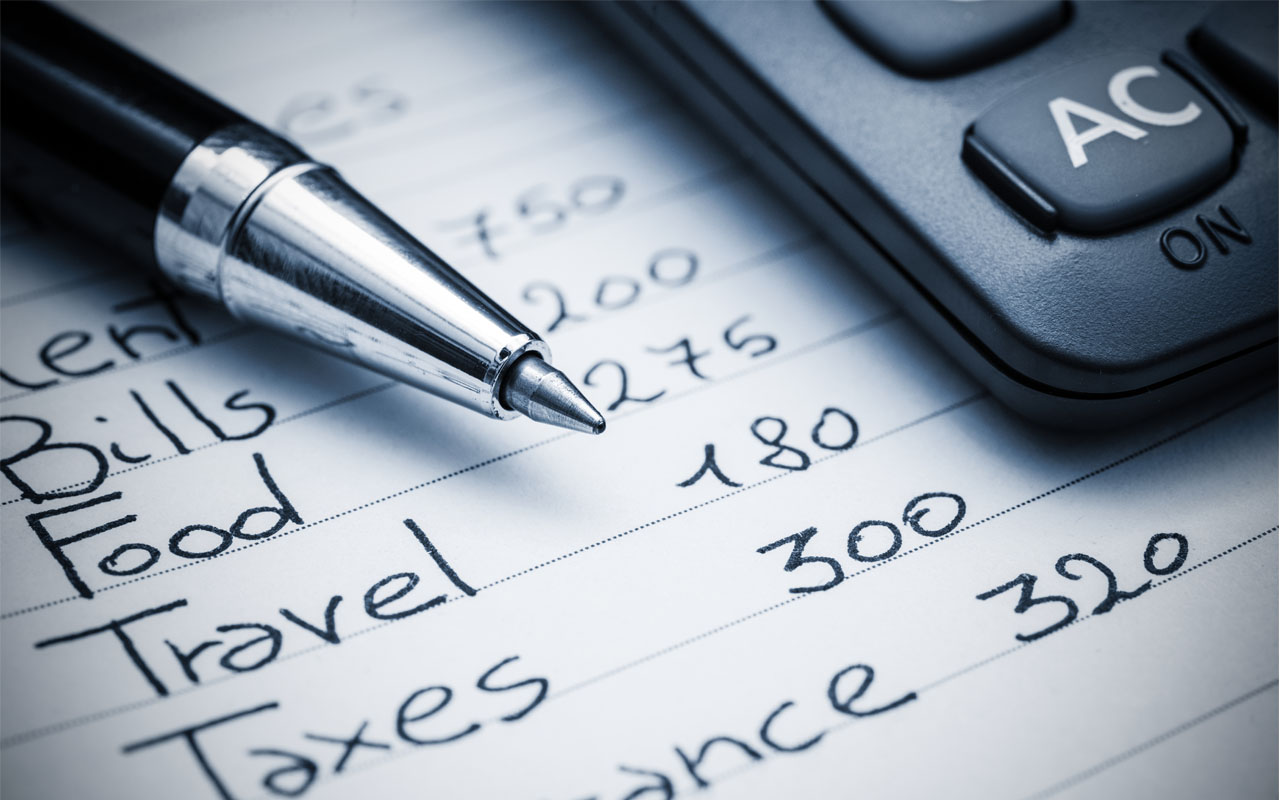If you’re nearly ready to submit your self-assessment tax return for the 2015/16 tax year or perhaps you already have, then you may want to start thinking about the forthcoming tax year! With the 2016/17 tax year in mind, we thought we’d refresh you on your personal allowance so you know where you’re at when it comes to filling out your tax return!
Table of Contents
Personal Allowance
Wondering how much income tax you need to pay for the tax year 2016/17? The answer would depend on the personal allowance and the tax rate applicable to you. It is possible that the standard amount will not apply to you based on your tax code.
For the current tax year, the standard personal allowance is £11,000. The amount may vary if your income is over £100,000, or you claim Blind Person’s Allowance or Marriage Allowance. Whatever is left after personal allowance will be the taxable amount.
How do you calculate income tax?
Base on tax rates and tax bands.
- You pay 0% tax if your taxable income is up to £11,000 or equivalent to the non-taxable personal allowance.
- You pay 20% tax if you fall under the basic rate tax band, with a taxable income of £11,001 to £43,000.
- You pay 40% with a higher rate tax band, with an income of £43,001 to £150,000.
- If you earn over £150,000, you fall under the additional rate tax band, with a tax rate of 45%.
For instance, if you earn £43,000, your income after allowances will be £32,000. After taxes (20%), it will only be £25,600. If you’re employed, check your income tax, so you will know your tax code and personal allowance that applies to you, the tax you’ve already paid in the current period, and the tax you will have to pay for the rest of the tax year.
Do you have savings interest and dividends? You have tax-free allowances for both, but you also need to pay tax on any amount over the allowance.
Think you may be due a tax refund? Apply here to get your tax back.

